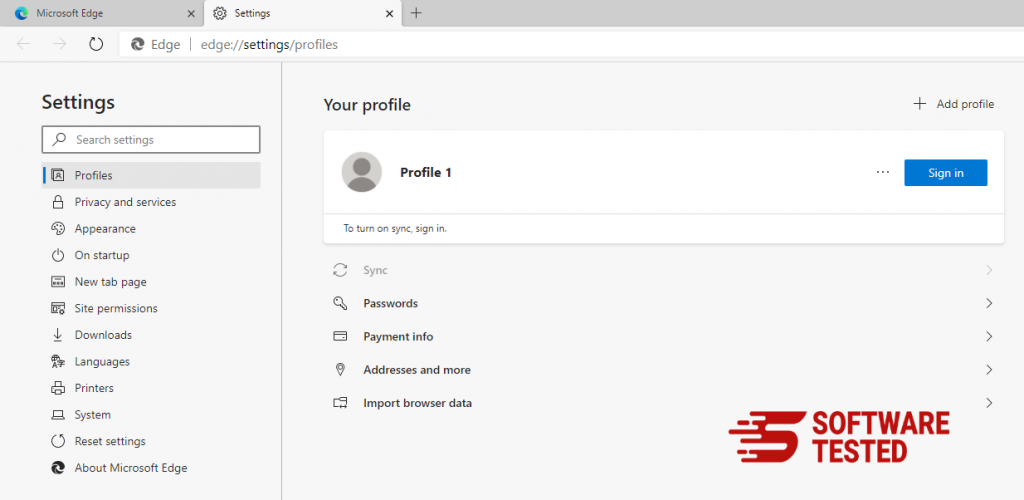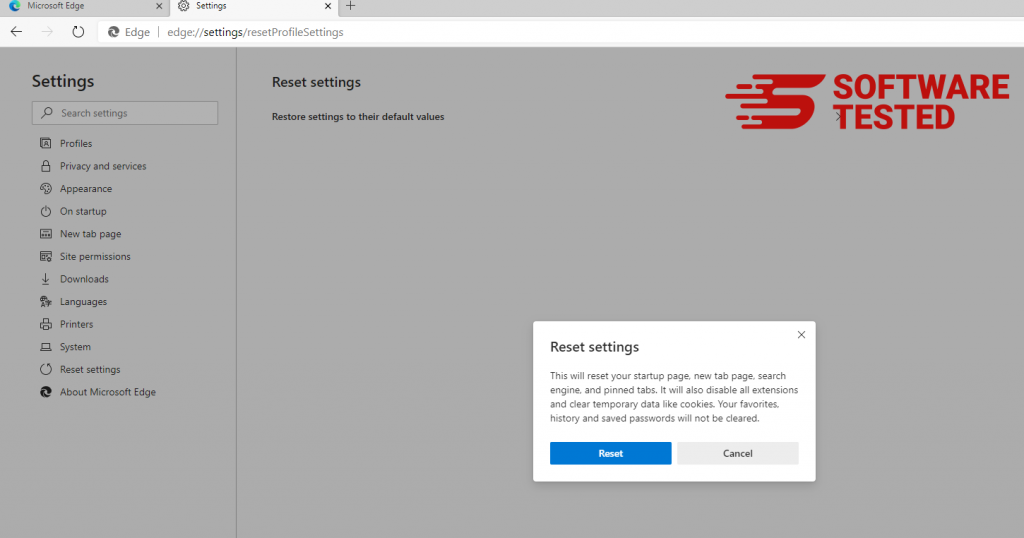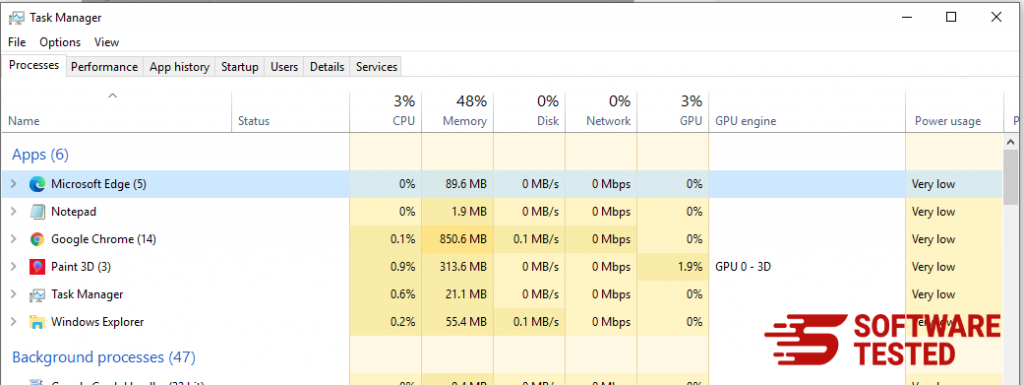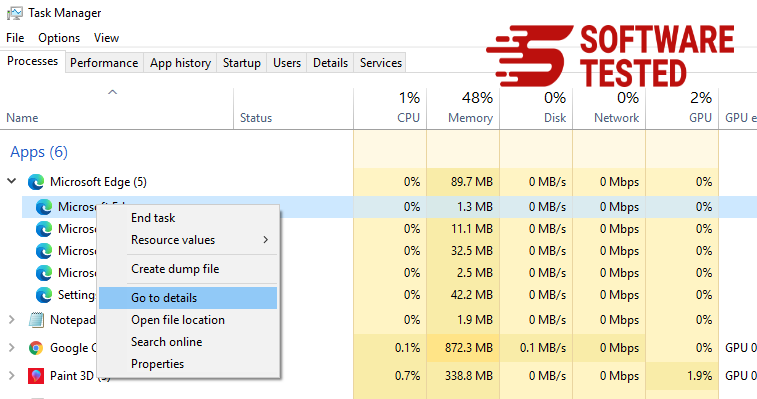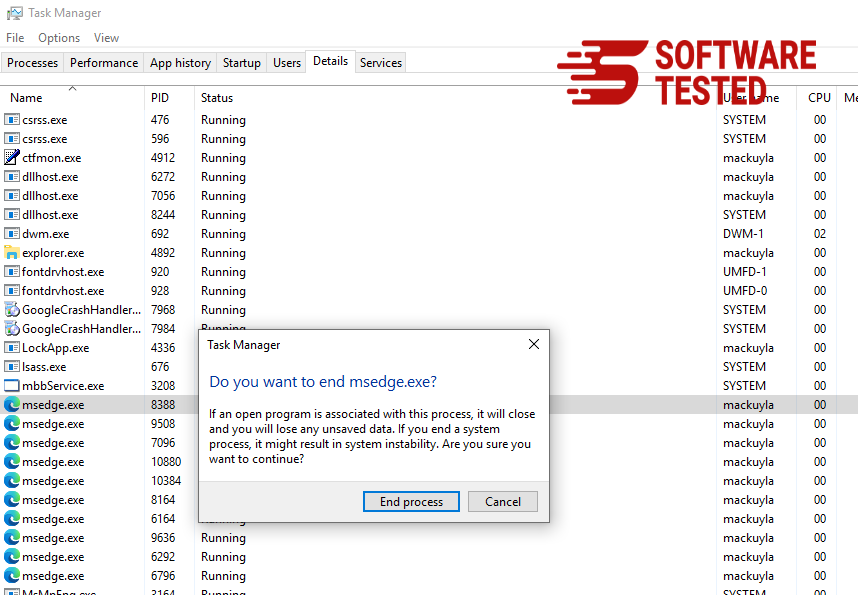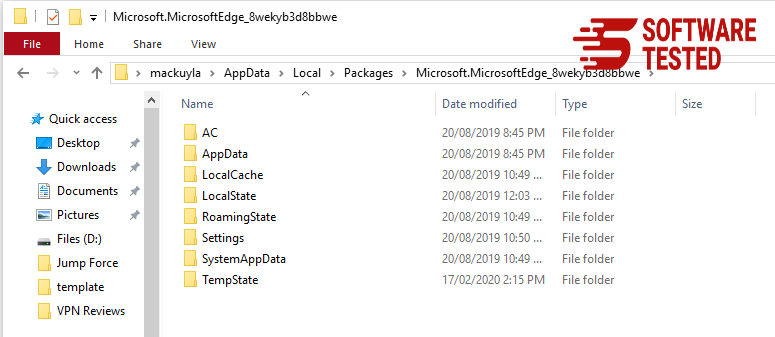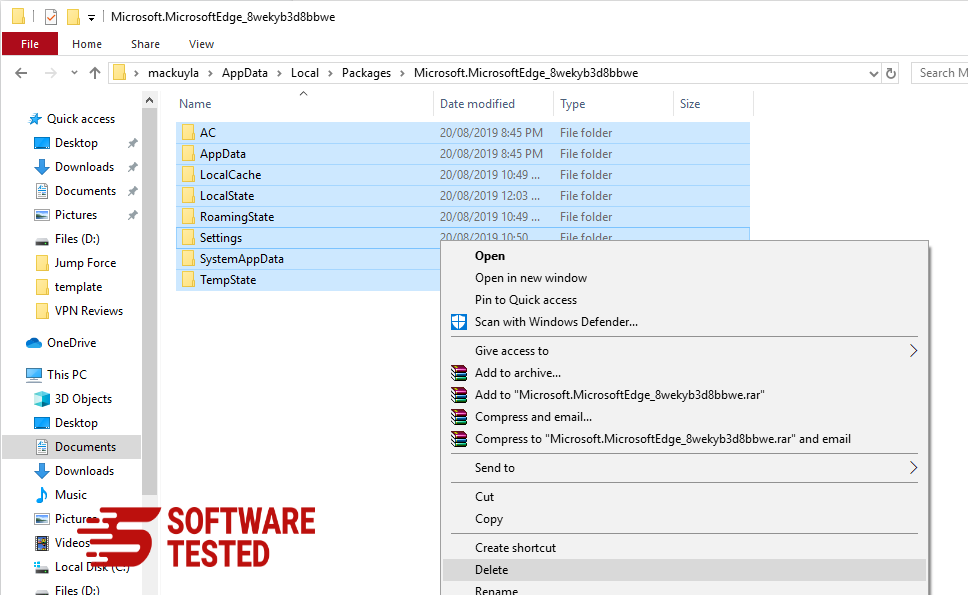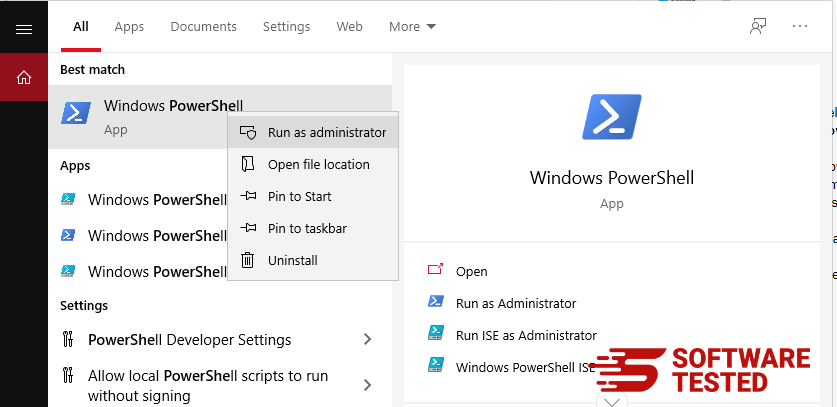What is the Storm Search Virus?
If your browser or search queries are redirected to a new search engine called Storm Search, then it is likely that a browser hijacker is causing these redirects. A browser hijacker is an adware or a potentially unwanted application (PUA) that is stealthily installed in your system to perform adware and other malware-related functions.
Storm Search is installed on your system and as an extension on your browser. It is designed with an ability to alter your browser’s default settings and change your default search to stormsearch.net, which is a fake and dubious search engine.
Like other malvertising strategies , Storm Search changes the browser features and triggers intrusive, unwanted, advertising delivery. This is because the stormsearch.net search is an ad-supported site that will bombard you with popup ads and banners.
Additionally, if you’re using the Chrome browser, Storm Search adds a “Managed by your organization” feature to the browser. This can make its uninstallation more complicated.
What Can the Storm Search Virus Do?
Once installed on your browser or system, the Storm Search virus modifies the default browsers’ settings and hijacks your search engine. It then redirects your searches and traffic to numerous other ad sites. Additionally, the Storm Search virus does the following as well:
- It alters the default DNS setting of your browser (or all your browsers.)
- It makes stormsearch.net the default search engine.
- It bombards you with ads, popups, and banners on web pages.
- It hyperlinks random text on internet pages you visit.
- It can also secretly install other malicious and potentially unwanted applications.
- It gathers personal and browsing data and information such as IP address, geo-location, web searches, pages visited, and email address.
If you notice that Storm Search virus has infiltrated your system and begins redirecting your search, you need to remove it immediately because it can expose you to potential harm on the internet.
How Is Storm Search Distributed?
Storm Search stealthily infiltrates your PC without you noticing. It can be distributed in many ways, including:
- Freeware (free software) installations such as flash player, etc.
- Clicks in deceptive pages
- Online hyperlinks, pop-ups, and ads
- Malicious and misleading online promotions
- Other potentially unwanted applications (PUAs)
How to Remove the Storm Search Virus?
You can remove the Storm Search virus in two ways:
- Automatically – Use a reputable anti-malware software. This is the process we recommend because it is simple and effective.
- Manually – Remove Storm Search by locating and deleting it from your system and browsers.
Storm Search Virus Removal Instructions
To remove the Storm Search virus, use the following guide:
- Investigate your browser’s shortcuts for Storm Search virus.
After hijacking the browser, storm search embeds itself on the browser shortcut to enable startup process and become the default search engine. To investigate your browser’s shortcuts for Storm Search.
-
- Right-click on the browser.
- Inspect its properties.
- Check the end of the browser’s shortcut command line for Storm search.
- If it’s there, remove it (delete it).
- Save the changes.
- Do the same for all the browsers.
- Remove/Uninstall Storm Search from installed apps on your PC through the control panel.
Storm Search can install itself on the PC or on the browsers. Check among the installed apps (Programs and features) to see if Storm Search is among them. You can also check for recently installed programs if it was installed on a different name. If found, uninstall Storm Search from the list of your apps. Otherwise, uninstall any recently installed app on the list of apps (programs) that look suspicious.
- Stop Storm Search Virus processes on the PCs Task Manager.
Uninstalling the virus from apps in the computer isn’t enough. You also need to stop its activities on the task manager. To do this:
-
- Right-click on the Windows start.
- Select Task Manager.
- In the Task Manager, stop or close all processes related to Storm Search in their description. Discover the directories where these processes start by searching for strange or random file names.
- Stop Storm search and other related apps using more computer resources
Remove and delete Storm Search from browsers
How to Remove Storm Search Virus from Google Chrome
To completely remove Storm Search Virus from your computer, you need to reverse all of the changes on Google Chrome, uninstall suspicious extensions, plug-ins, and add-ons that were added without your permission.
Follow the instructions below to remove Storm Search Virus from Google Chrome:
1. Delete malicious plugins.
Launch the Google Chrome app, then click on the menu icon at the upper-right corner. Choose More Tools > Extensions. Look for Storm Search Virus and other malicious extensions. Highlight these extensions you want to uninstall, then click Remove to delete them.
2. Revert changes to your homepage and default search engine.
Click on Chrome's menu icon and select Settings. Click On Startup, then tick off Open a specific page or set of pages. You can either set up a new page or use existing pages as your homepage.
Go back to Google Chrome's menu icon and choose Settings > Search engine, then click Manage search engines. You'll see a list of default search engines that are available for Chrome. Delete any search engine that you think is suspicious. Click the three-dot menu beside the search engine and click Remove from list.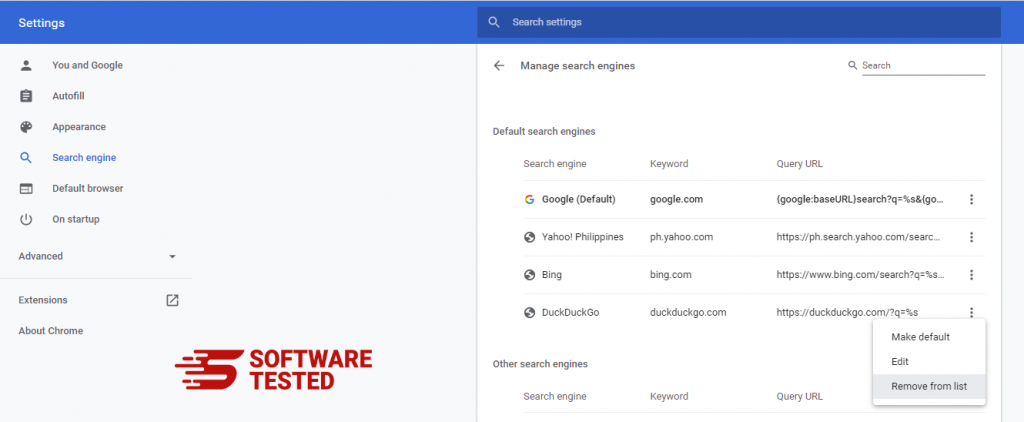
3. Reset Google Chrome.
Click on the menu icon located at the top right of your browser, and choose Settings. Scroll down to the bottom of the page, then click on Restore settings to their original defaults under Reset and clean up. Click on the Reset Settings button to confirm the action.
This step will reset your startup page, new tab, search engines, pinned tabs, and extensions. However, your bookmarks, browser history, and saved passwords will be saved.
How to Delete Storm Search Virus from Mozilla Firefox
Just like other browsers, malware tries to change the settings of Mozilla Firefox. You need to undo these changes to remove all traces of Storm Search Virus. Follow the steps below to completely delete Storm Search Virus from Firefox:
1. Uninstall dangerous or unfamiliar extensions.
Check Firefox for any unfamiliar extensions that you don't remember installing. There is a huge chance that these extensions were installed by the malware. To do this, launch Mozilla Firefox, click on the menu icon at the top-right corner, then select Add-ons > Extensions.
In the Extensions window, choose Storm Search Virus and other suspicious plugins. Click the three-dot menu beside the extension, then choose Remove to delete these extensions.
2. Change your homepage back to default if it was affected by malware.
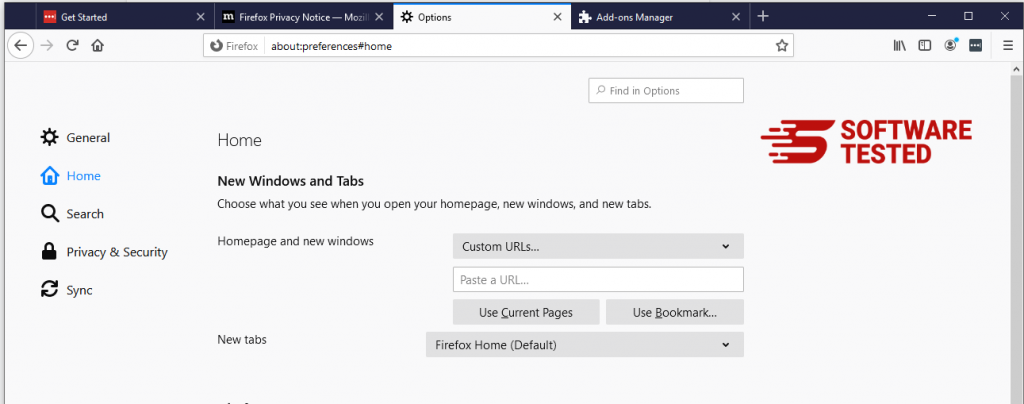
Click on the Firefox menu at the upper-right corner of the browser, then choose Options > General. Delete the malicious homepage and type in your preferred URL. Or you can click Restore to change to the default homepage. Click OK to save the new settings.
3. Reset Mozilla Firefox.
Go to the Firefox menu, then click on the question mark (Help). Choose Troubleshooting Information. Hit the Refresh Firefox button to give your browser a fresh start.
Once you’ve completed the steps above, Storm Search Virus will be completely gone from your Mozilla Firefox browser.
How to Get Rid of Storm Search Virus from Internet Explorer
To ensure that the malware that hacked your browser is completely gone and that all unauthorized changes are reversed on Internet Explorer, follow the steps provided below:
1. Get rid of dangerous add-ons.
When malware hijacks your browser, one of the obvious signs is when you see add-ons or toolbars that suddenly appear on Internet Explorer without your knowledge. To uninstall these add-ons, launch Internet Explorer, click on the gear icon at the top-right corner of the browser to open the menu, then choose Manage Add-ons.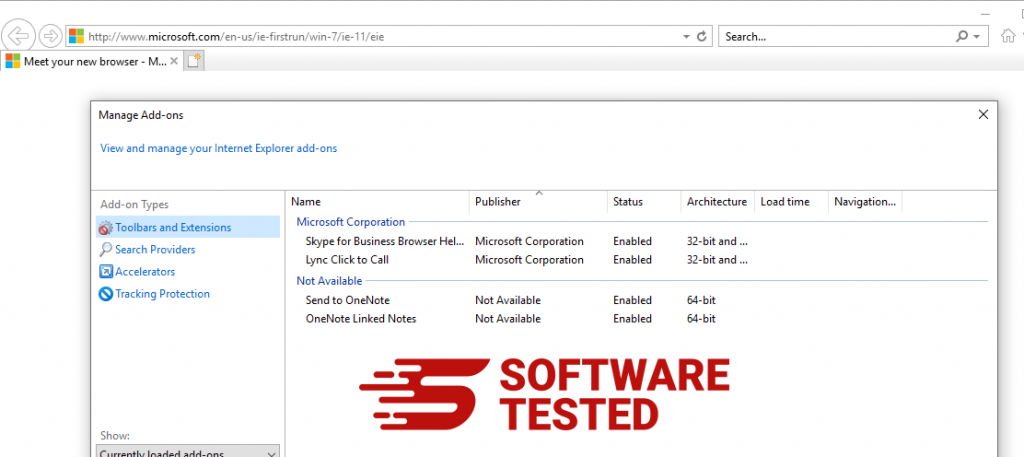
When you see the Manage Add-ons window, look for (name of malware) and other suspicious plugins/add-ons. You can disable these plugins/add-ons by clicking Disable.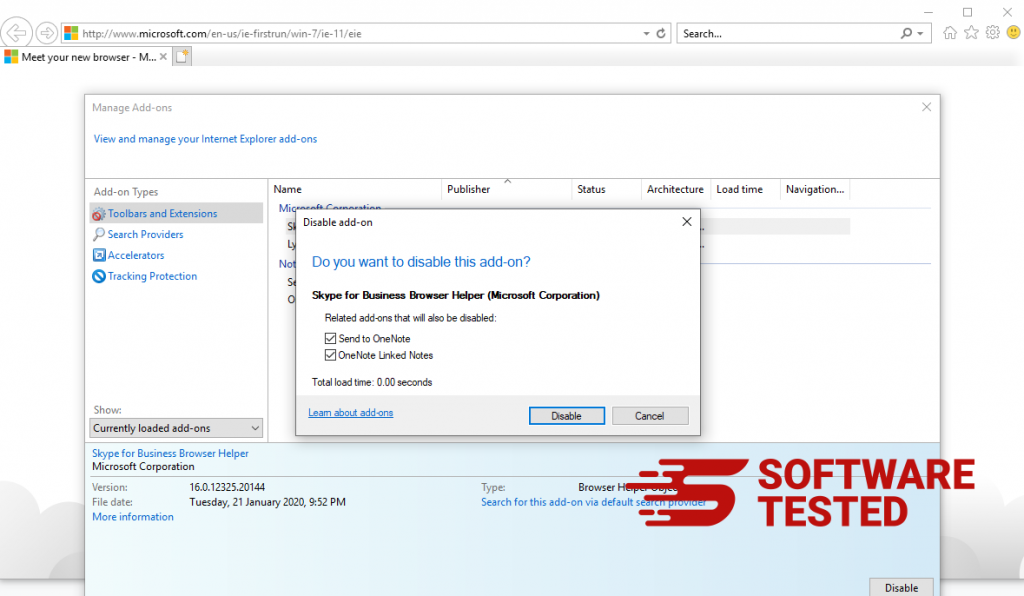
2. Reverse any changes to your homepage caused by the malware.
If you suddenly have a different start page or your default search engine has been changed, you can change it back through the Internet Explorer's settings. To do this, click on the gear icon at the upper-right corner of the browser, then choose Internet Options.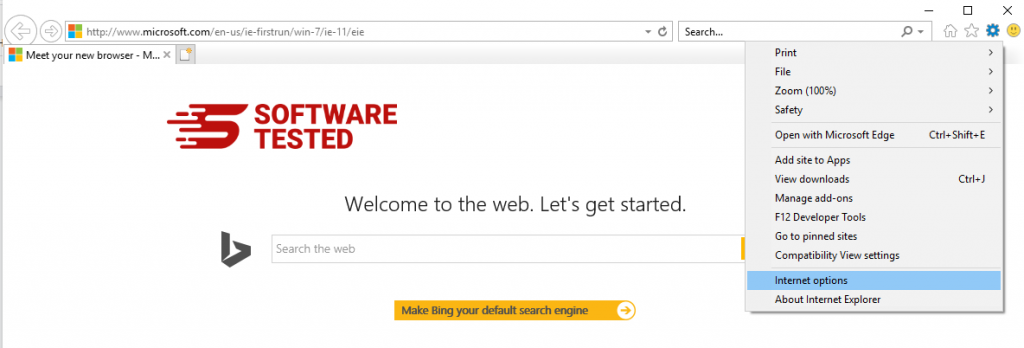
Under the General tab, delete the homepage URL and enter your preferred homepage. Click Apply to save the new settings.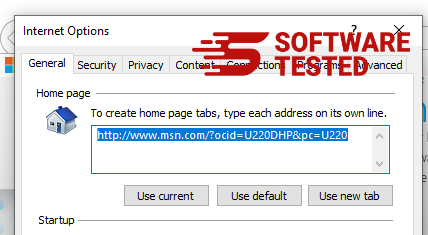
3. Reset Internet Explorer.
From the Internet Explorer menu (gear icon at the top), choose Internet Options. Click on the Advanced tab, then select Reset.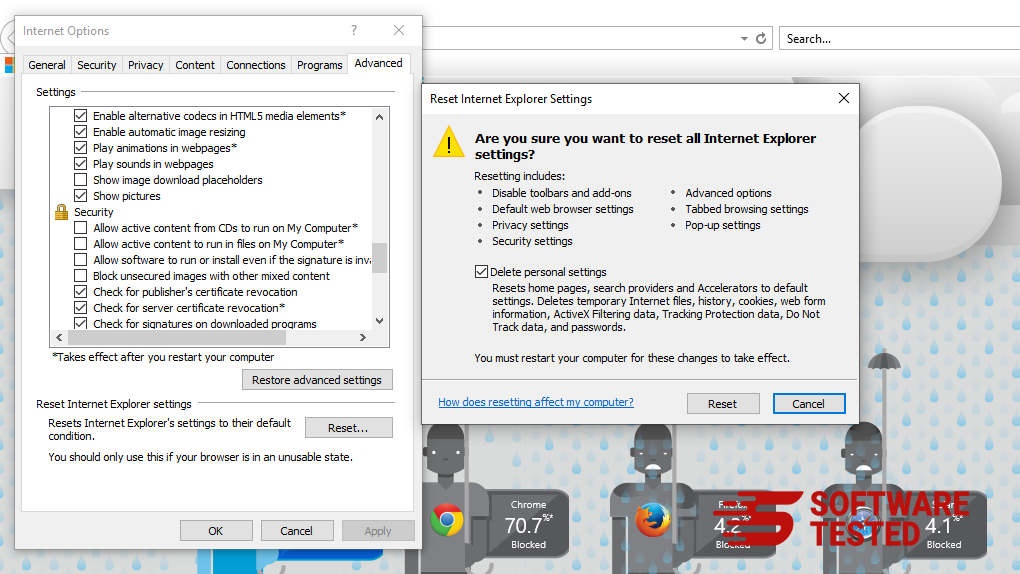
In the Reset window, tick off Delete personal settings and click the Reset button once again to confirm the action.
How to Uninstall Storm Search Virus on Microsoft Edge
If you suspect your computer to have been infected by malware and you think that your Microsoft Edge browser has been affected, the best thing to do is to reset your browser.
There are two ways to reset your Microsoft Edge settings to completely remove all the traces of malware on your computer. Refer to the instructions below for more information.
Method 1: Resetting via Edge Settings
- Open the Microsoft Edge app and click More or the three-dot menu located at the upper-right corner of the screen.
- Click Settings to reveal more options.

- In the Settings window, click Restore settings to their default values under Reset settings. Click the Reset button to confirm. This action will reset your browser’s startup page, the new tab page, default search engine, and pinned tabs. Your extensions will also be disabled and all temporary data like cookies will be deleted.

- Afterwards, right-click on the Start menu or the Windows logo, then select Task Manager.
- Click on the Processes tab and search for Microsoft Edge.

- Right-click on the Microsoft Edge process and select Go to details. If you don't see the Go to details option, click More details instead.

- Under the Details tab, look for all the entries with Microsoft Edge in their name. Right-click on each of these entries and choose End Task to quit those processes.

- Once you have quit all those processes, open Microsoft Edge once again and you'll notice that all the previous settings have been reset.
Method 2: Resetting via Command
Another way to reset Microsoft Edge is by using commands. This is an advanced method that is extremely useful if your Microsoft Edge app keeps crashing or won't open at all. Make sure to back up your important data before using this method.
Here are the steps to do this:
- Navigate to this folder on your computer: C:\Users\%username%\AppData\Local\Packages\Microsoft.MicrosoftEdge_8wekyb3d8bbwe.

- Select everything inside the folder, right-click on the highlighted files, then click Delete from the options.

- Search for Windows PowerShell using the search box beside the Start menu.
- Right-click on the Windows PowerShell entry, then choose Run as administrator.

- In the Windows PowerShell window, type in this command:
Get-AppXPackage -AllUsers -Name Microsoft.MicrosoftEdge | Foreach {Add-AppxPackage -DisableDevelopmentMode -Register $($_.InstallLocation)\AppXManifest.xml -Verbose}
- Press Enter to execute the command.
- Once the reset process has been completed, Storm Search Virus should be completely deleted from your Microsoft Edge browser.
How to Get Rid of Storm Search Virus from Safari
The computer’s browser is one of the major targets of malware — changing settings, adding new extensions, and changing the default search engine. So if you suspect your Safari to be infected with Storm Search Virus, these are the steps you can take:
1. Delete suspicious extensions
Launch the Safari web browser and click on Safari from the top menu. Click Preferences from the drop-down menu.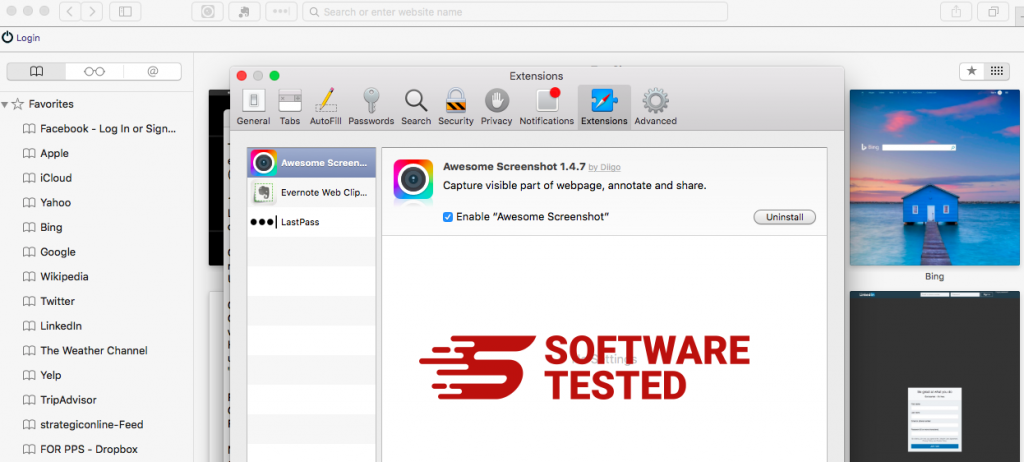
Click on the Extensions tab at the top, then view the list of currently installed extensions on the left menu. Look for Storm Search Virus or other extensions you don’t remember installing. Click the Uninstall button to remove the extension. Do this for all your suspected malicious extensions.
2. Revert changes to your homepage
Open Safari, then click Safari > Preferences. Click on General. Check out the Homepage field and see if this has been edited. If your homepage was changed by Storm Search Virus, delete the URL and type in the homepage you want to use. Make sure to include the http:// before the address of the webpage.
3. Reset Safari
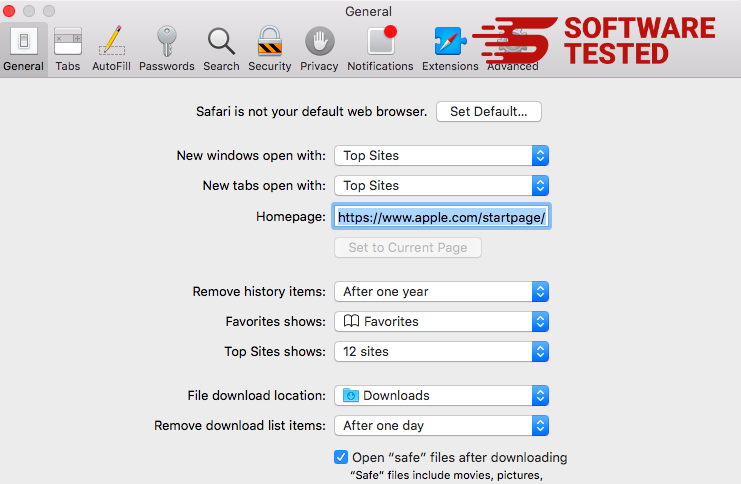
Open the Safari app and click on Safari from the menu at the upper-left of the screen. Click on Reset Safari. A dialog window will open where you can choose which elements you want to reset. Next, click the Reset button to complete the action.
Wrapping Up
Storm Search Virus can be so annoying because of hijacking your browser and redirecting your searches. It can be a threat to your browsing safety and online privacy, and expose you to being a victim of identity theft and browser tracking.
We recommend that you remove it as soon as you see it on your system. If you have to install free software, review installation prompts, and choose ‘customized installation’ to monitor the software installation.

